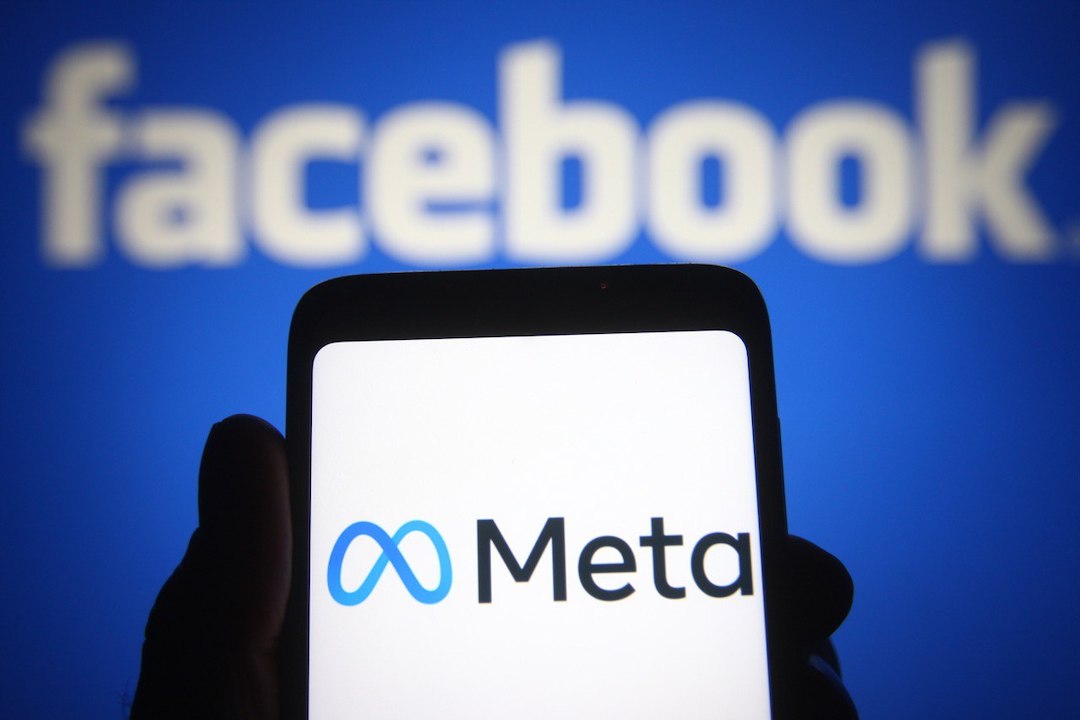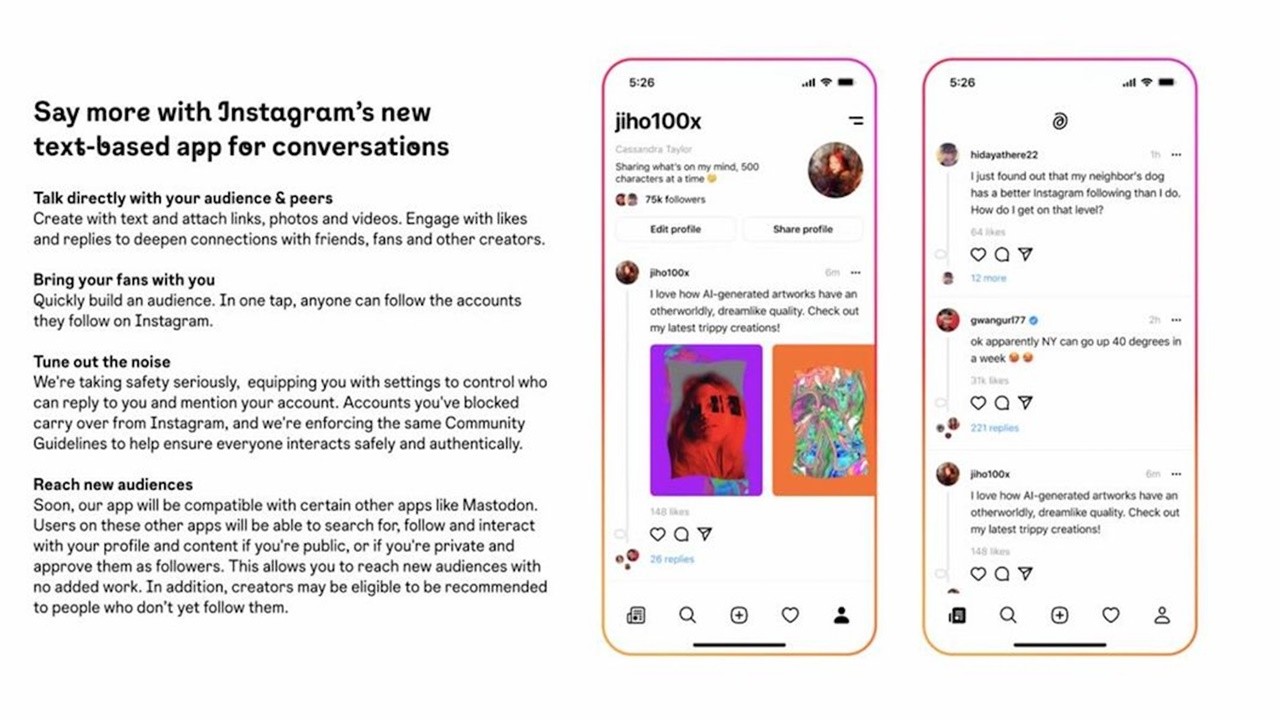Alarming Report: Threads Popularity Plummets by 50% Since Launch

Alarming Report: Threads Popularity Plummets by 50% Since Launch
According to a report by SimilarWeb, Twitter’s rival Threads is experiencing a decline in its potential user base compared to its initial launch. The app’s engagement time has been gradually decreasing after an impressive first week. Previously, Republic had reported that Threads had achieved a significant milestone by becoming the fastest mobile application to reach 150 million downloads in just six days.
However, the app’s popularity seems to have come at the expense of Twitter’s user base. Threads currently has approximately 23.5 million users, accounting for about 22% of Twitter’s audience. While it had seen significant hype during its initial launch, other Twitter rivals have not experienced similar levels of excitement post-launch.

What does the SimilarWeb data reveal?
According to the report, Threads has witnessed a decline in user engagement after its initial surge in popularity as the fastest-growing application. The number of daily active users has significantly decreased from 49 million on July 7 to 23.6 million on July 14th.
Moreover, in the United States, which initially had the highest user engagement, the time spent on the app per day has also dropped drastically from 21 minutes to just seven minutes.
In a recent thread post, Adam Mosseri, the head of Instagram, stated that their current focus is not solely on engagement, which has been remarkable, but on overcoming the typical initial fluctuations that every new product experiences. Instead, the team is dedicated to enhancing the app by introducing new features, optimizing performance, and refining the content ranking algorithm.

In addition to their focus on improving app performance and user experience, Adam Mosseri mentioned that Instagram is actively addressing issues related to spam attacks. To combat these spam attacks, the company plans to implement stricter measures, such as rate limits and other protections. However, he acknowledged that while these measures are necessary to tackle spam, they may unintentionally limit the activity of some genuine users, leading to what he referred to as “false positives.”
By working on these challenges, Instagram aims to create a safer and more enjoyable environment for its users, striking a balance between spam prevention and preserving the active engagement of legitimate users on the platform.
The SimilarWeb report highlights that Threads had a promising beginning as a potential rival to Twitter, but it still has a significant distance to cover in winning the loyalty of users who are accustomed to consuming social networking sites primarily focused on texts and articles.

Despite being seen as a competitor to Twitter, the report also indicates that previous alternatives to Twitter, such as Mastodon and Bluesky, did not witness consistent user engagement or return visits to the platform. This suggests that gaining and retaining users in the highly competitive social media space is a challenging task, even for platforms aiming to offer distinct features or cater to specific niches.
The SimilarWeb report reveals that Threads’ increasing engagement has primarily been at the cost of Twitter. During the initial two days when Threads was made widely available, web traffic to twitter.com experienced a 5 percent decline compared to the same days of the previous week. Although the traffic recovered somewhat, the data for the most recent 7 days still shows an 11 percent year-over-year decrease in web traffic to Twitter’s platform.
This decline in Twitter’s web traffic comes at a time when the social media giant has been facing challenges in user retention since the previous year. The rising engagement on Threads, accompanied by the decline in Twitter’s web traffic, highlights the competitive nature of the social media landscape and the need for platforms to continuously adapt and innovate to retain and attract users.
:strip_icc()/i.s3.glbimg.com/v1/AUTH_08fbf48bc0524877943fe86e43087e7a/internal_photos/bs/2019/N/k/TXi72oTAuuOBIxJE5jmQ/instagram-threads.png)
The SimilarWeb report highlighted that Threads experienced its highest usage within the United States, given that the application is not yet available in the EU. This initial enthusiasm among US users resulted in a significant spike in engagement, with users spending an average of 21 minutes on the app initially. However, the engagement rate eventually dropped to 6 minutes as the initial excitement waned.
It’s important to note that the report’s findings are primarily based on the usage data of Android-operated devices, as tracking usage on these devices is relatively easier compared to iOS-operated devices. The report indicates that data regarding the number of users on Apple platforms is expected to be available in the coming weeks, providing a more comprehensive view of Threads’ user base and engagement across different platforms.




